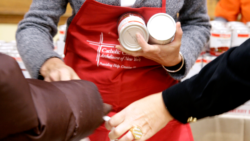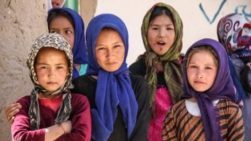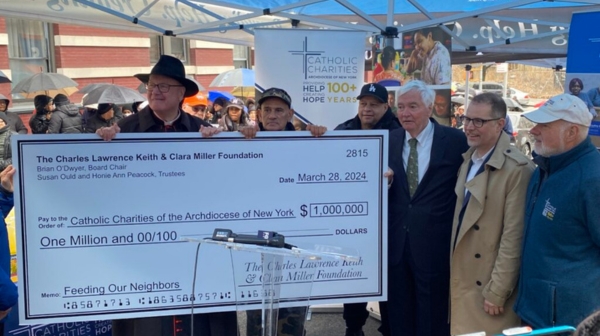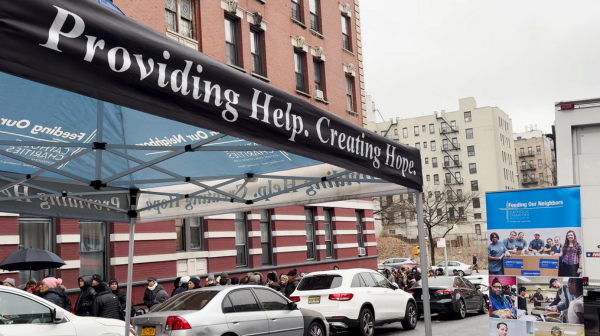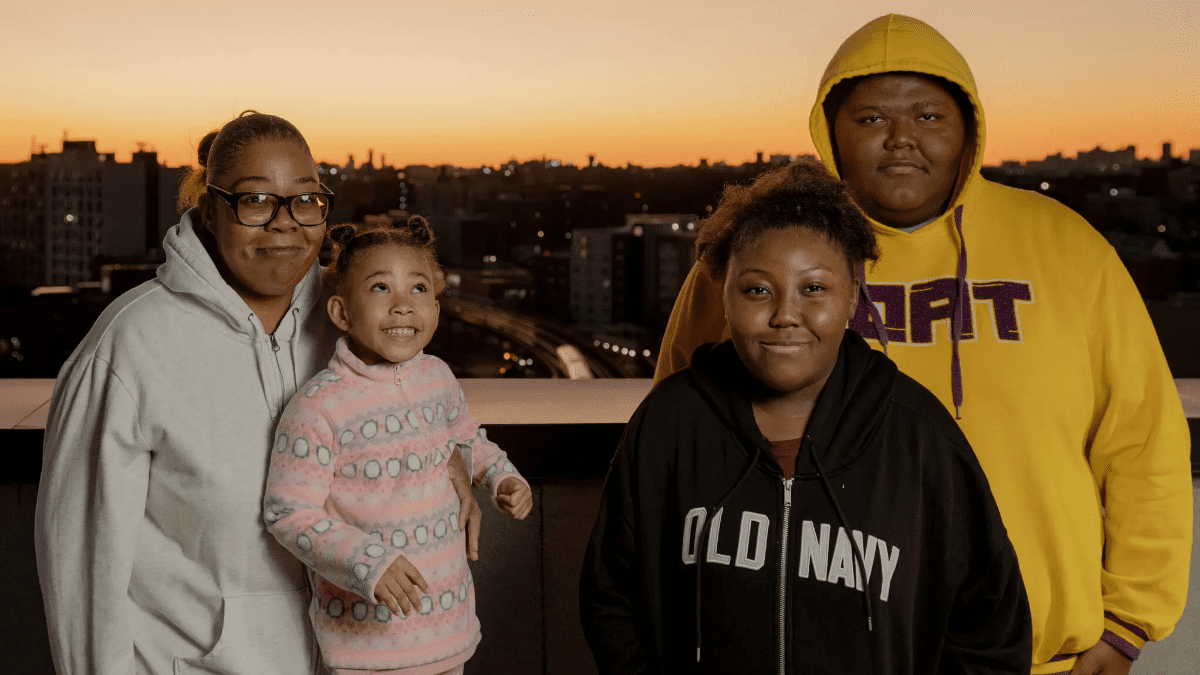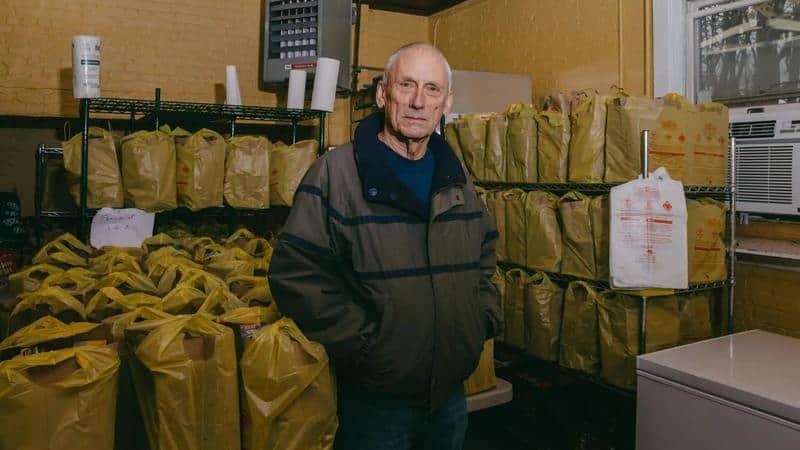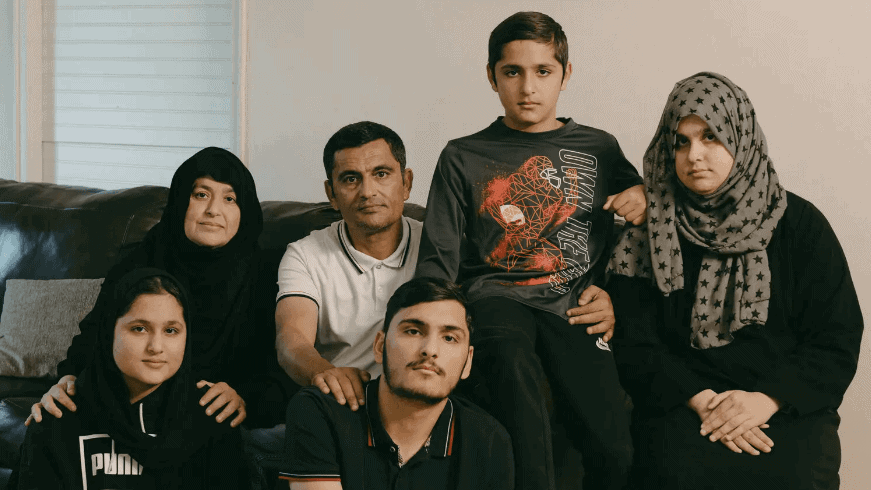Times Insider explains who we are and what we do, and delivers behind-the-scenes insights into how our journalism comes together.
On Christmas Day in 1911, Adolph S. Ochs, the publisher of The New York Times, met a man on the street without a place to sleep. Mr. Ochs gave the man his business card and several dollars. “If you’re looking for a job,” Mr. Ochs said, “come see me tomorrow.”
The experience inspired the publisher to think about the less fortunate. The following year Mr. Ochs sent a reporter to New York City’s private welfare agencies to tell the stories of people from disadvantaged backgrounds. The Times published profiles of these people in the newspaper. In response, readers started sending donations to what would come to be known as The Neediest Cases Fund.
The campaign has raised over $300 million since it began. The New York Times Company pays the administrative fees, and all of the money goes to those in need.
Every year since 1912, The Times has profiled people who were aided by donations to the campaign. This year, the reporters Elisha Brown and Sara Aridi were tapped to tell these stories. They reflected on their experiences and what they hope readers will take away. This interview has been lightly edited and condensed for clarity.
What was the reporting process like?
ELISHA BROWNWe worked with seven organizations this year. The subjects of the articles have gotten aid through The New York Times Neediest Cases Fund, which raises money and donates it to aid organizations. People are given items like new winter clothes for their children or money to help cover expenses like medical bills. There was one person who needed MetroCards to get to college.
SARA ARIDIUsually, we would be assigned articles, then we coordinate with the agency. They ensure that people are comfortable and willing to answer some questions that might be a little sensitive or a little tough to answer. The reporting took me up to the Bronx a few times, it took me down to Brownsville a bunch of times, out to East New York, down to Bensonhurst and into Queens.
Who were some of the people that you profiled?
BROWN I enjoyed writing about one young woman, Evelyn Marin. She had been married to her husband for only a few months when he committed suicide. Then she received a pancreatic cancer diagnosis. She had to have other surgeries but she overcame that in the past year, and now she is cleared to work again. To see someone keep going and get back on her feet is pretty inspiring.

ARIDI There was a high school senior I interviewed named Destinee Gonzalez Gil. I think her story really resonated with readers. When she was 6, she had a younger brother who died of a rare genetic disorder, and that really affected her. She developed a learning disability. Her parents were consumed with caring for her brother, so they weren’t necessarily always able to give her 100 percent of their attention. Later on, her parents had two more sons, and they both developed the same complications. Now, both of her brothers are bedridden. They are tied up to machines. They can’t really communicate.
The family welcomed me into their home. Destinee has been worrying about college, worrying about her SATs, but she’s also been one of the main caregivers for her brothers. Like Elisha said, to see young people who have gone through so much already, and to continue to be strong, and to focus on their own goals, and their own ambition, is just really, really inspiring.

What were you thinking about as you profiled the subjects?
BROWN I think what’s really important, throughout the interviews and reporting process, is to establish who the people are, and their goals and accomplishments, beyond the fact that they received assistance. Some of the stories are just hardship after hardship. But we also want to talk about the subjects’ aspirations in life and the things they’re really passionate about.


